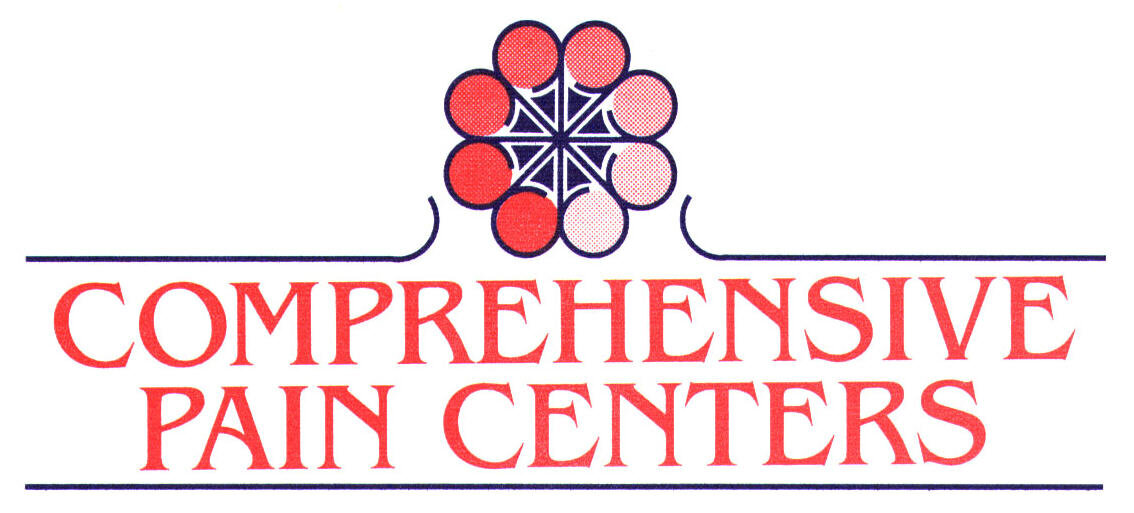Veterans and Chronic Pain
Chronic pain, or pain that lasts for more than 12 weeks, is common among the approximately 20 million veterans in the United States today. More than 50% of veterans receiving care at Veterans Health Administration (VHA) facilities across the country are affected by the condition. Below are a few more stats you may not be aware of regarding this unique population, as well as some best practices for pain management.
Musculoskeletal pain (often caused by an injury to the bone, muscle, nerves, and/or connective tissues) is the most common chronic pain complaint among veterans. In the decade between 2000 and 2011, approximately 5 million veterans (55% of VHA patients) were diagnosed with one or more musculoskeletal disorders.
Since 2000, more than 370,000 US service members have been diagnosed with traumatic brain injuries (TBI). These types of head injuries can also lead to chronic pain, especially headaches.
Chronic pain syndromes are more common among female veterans. More common in women than in men, musculoskeletal conditions is among the leading contributor to the health profile of female veterans.
An estimated 15 to 35 % of veterans with chronic pain have post-traumatic stress disorder (PTSD). Witnessing or experiencing life-threatening traumas or injuries can lead to PTSD. This is often characterized by symptoms such as persistent thoughts about the event, nightmares, and jitters, even months after the incident.
Pain management in general tends to fall into one of four treatment categories. These categories include:
traditional options, such as medications, interventions (injections, surgery, implantable devices), and physical medicine and rehabilitation approaches (exercise, using proper body mechanics)
psychological interventions, such as hypnosis, biofeedback, and talk therapies
complementary and alternative medicine, such as acupuncture, relaxation, mindfulness, spinal manipulation, massage therapy, and healing touch
lifestyle management, including diet, sleep hygiene, spiritual needs, and physical activity.
The VA offers many non-medication approaches to pain management, including:
cognitive behavioral therapy,
exercise/movement therapies,
acupuncture,
massage,
spinal manipulation, and
trauma-focused psychotherapy.
You can learn more about the treatments and services available for veterans suffering from chronic pain, including PTSD, at the country’s VA medical centers and outpatient clinics (here).
